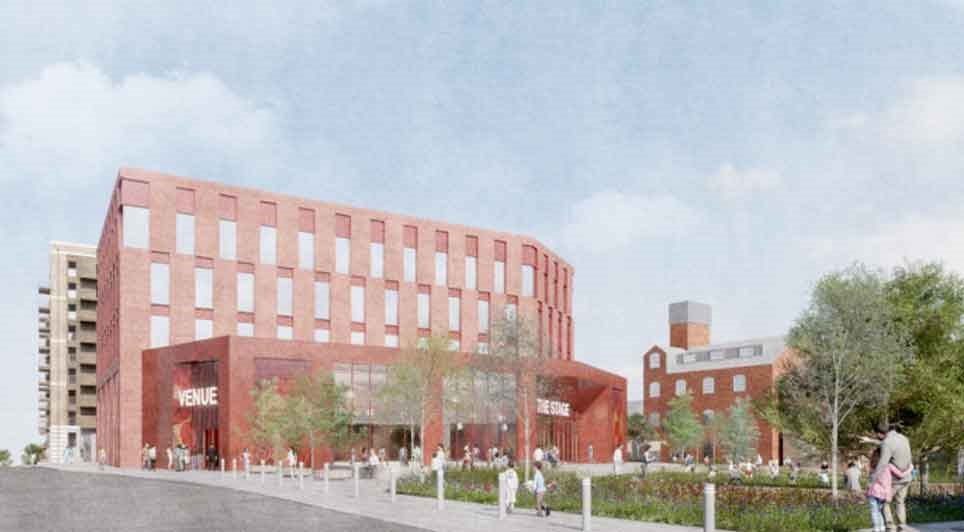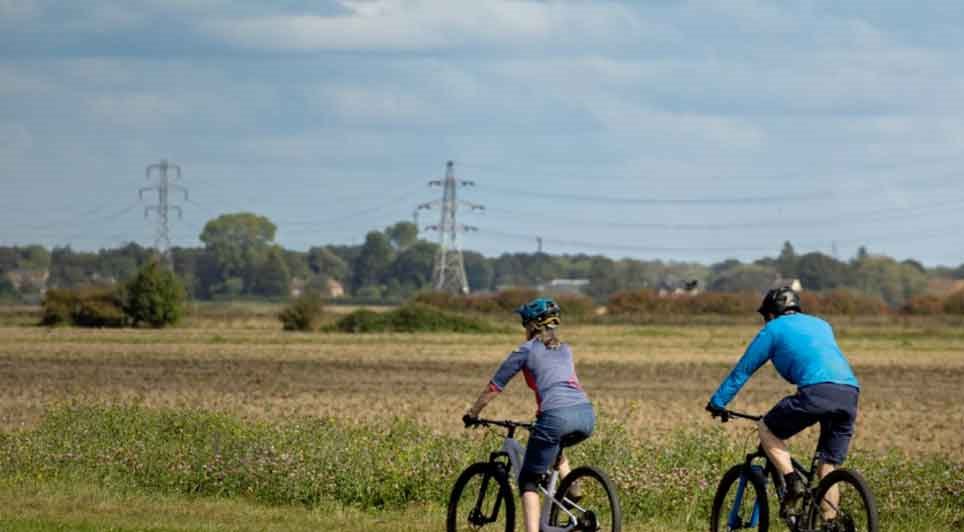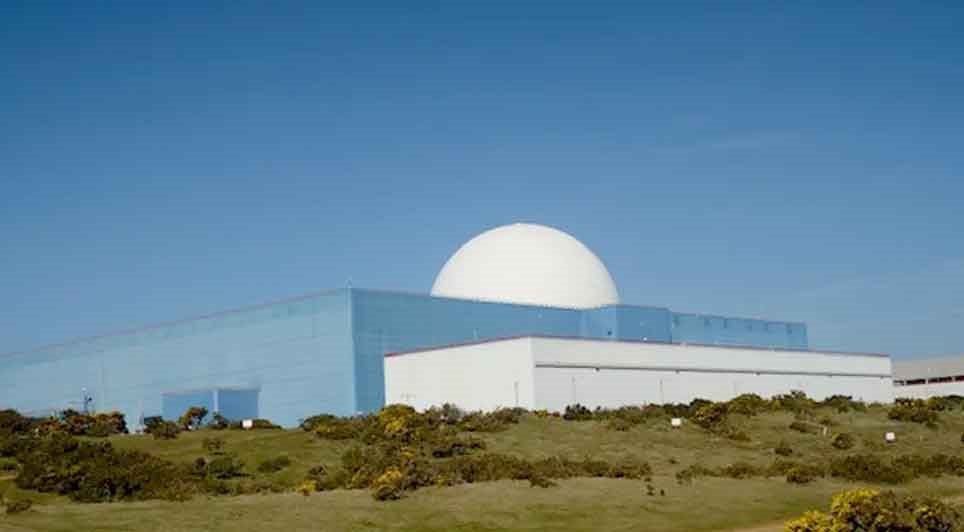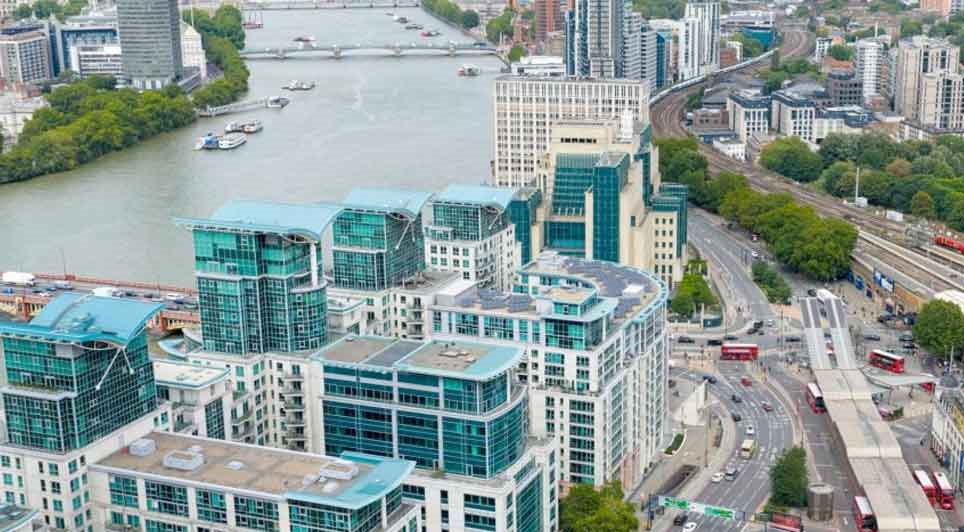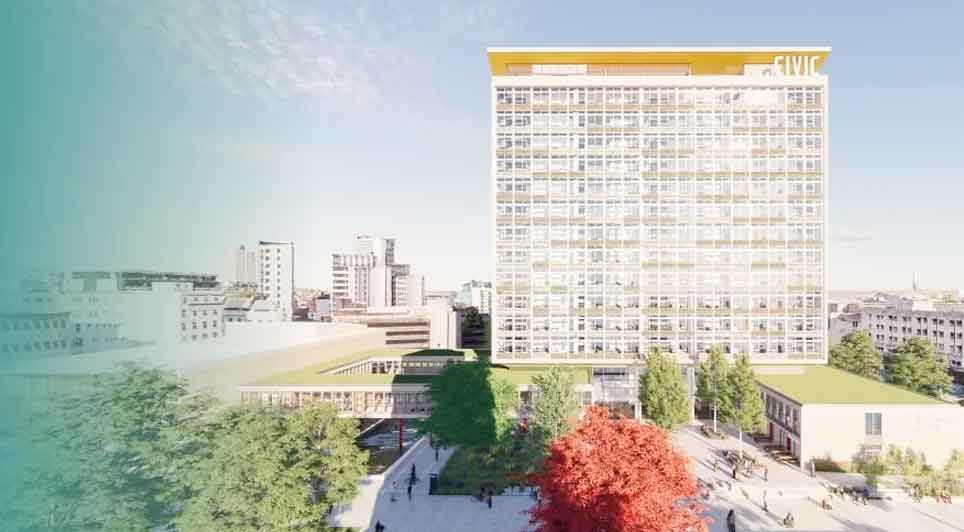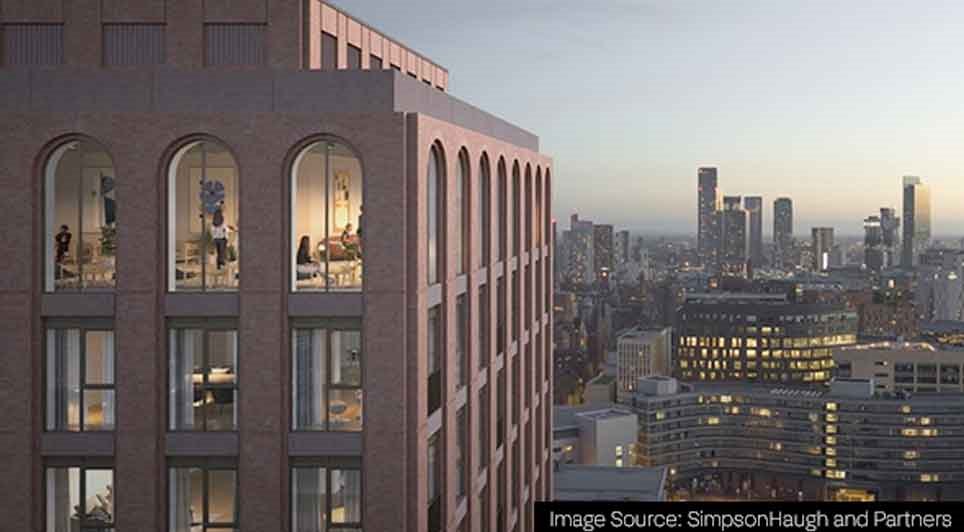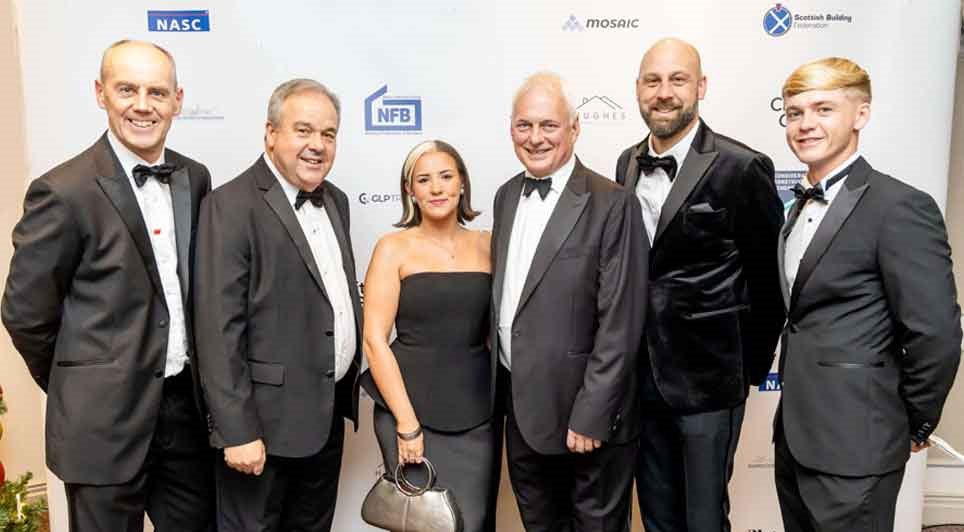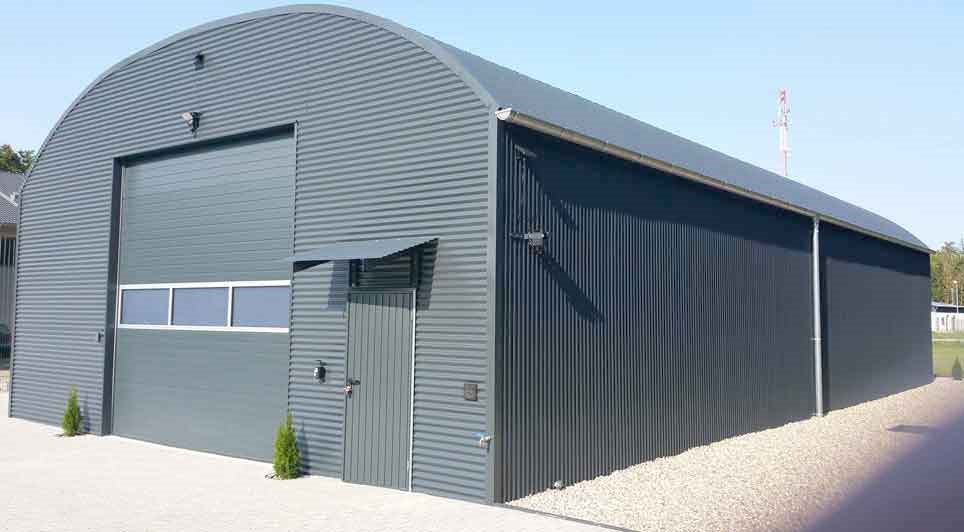Plan to deliver tens of thousands of new homes and jobs in the capital through the creation of new opportunity areas have been announced by the Mayor of London, Boris Johnson.
The Mayor wants to create four new opportunity areas in the London boroughs of Southwark, Bromley and Harrow to help boost regeneration and potentially deliver 11,100 new homes and 8,000 new jobs.
The proposals are part of a package of changes the Mayor has drawn up to his 2011 London Plan, the document that sets out the future development of the city. Known as the Further Alterations to the London Plan, the aim is to update the document in line with the Mayor's 2020 Vision for the capital and address the key issues arising from an unprecedented population boom that will see London become the first city in Europe to be home to ten million people by 2030.
Proposed alterations include:
• Designating the Old Kent Road corridor, Bromley Town Centre, Canada Water and Harrow and Wealdstone as new opportunity areas, potentially creating a total of 11,100 new homes and 8,000 new jobs. Opportunity Areas are London’s main locations for new development over the next 25 years with significant capacity for new housing, commercial and other uses supported by existing or planned improvements to public transport. By establishing Opportunity Areas, and working closely with London boroughs and partner agencies, the Mayor will be best able to deliver significant social and economic regeneration.
• Ensuring that Old Oak Common can reap the enormous benefits of plans to build a ‘super hub’ High Speed 2 (HS2) and Crossrail station. Old Oak Common currently falls within the Park Royal opportunity area. The Further Alterations to the London Plan propose that it becomes an opportunity area in its own right in order to help transform the area into a thriving new district with up to 24,000 new homes and 50,000 jobs.
• Promoting a strategic forward-looking approach to the delivery of new electricity infrastructure to accommodate London’s growing demand. Working with Government, regulators, Distribution Network Operators, developers and other stakeholders to encourage the allocation of land and investment to support new substations.
• Committing to nurture the growing digital-creative cluster at Tech City in Shoreditch so that it becomes a business hub of major international significance.
• Exploring the potential for a medical research cluster at Whitechapel associated with the Queen Mary University London.
• Funding through the Mayor's Vision for Cycling for the transformation of up to four outer London borough town centres into cycle friendly mini-Hollands. These areas will benefit from very high levels of spending concentrated on relatively small areas to make them, over time, into places every bit as cycle-friendly as their Dutch equivalents.
• Creating cycling Quietways across London - routes aimed at those who would like to cycle, but are put off by having to do it on busy roads.
• Improving cycle parking quantity, quality and locations across London.
• Protecting the small offices which add so much to the vibrant character of the capital's Central Activities Zone.
• Supporting the development of new energy from waste facilities by introducing a minimum CO2 performance, known as the carbon intensity floor (CIF), for technologies generating energy from London's non-recyclable waste. This CIF will send a clear signal to the market to invest in more efficient waste facilities that generate both heat and power for Londoners and significantly cut Co2 emissions.
(CD/MH)
 UK
UK Ireland
Ireland Scotland
Scotland London
London


